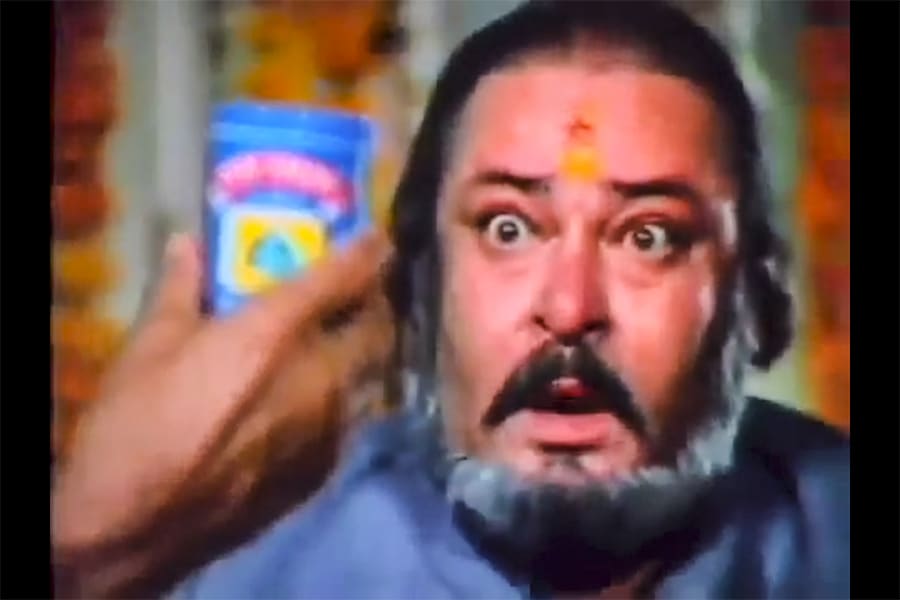
Storyboard18-Throwback: How Pan Parag was positioned as a social product
A look back at advertising a mouth freshener featuring two renowned stars highlighting social issues like dowry
 The Pan Parag advertisement featuring Shammi Kapoor
The Pan Parag advertisement featuring Shammi Kapoor
Going beyond describing the attributes of products, some ad campaigns try to include a social connect—a social message that echoes contemporary social or even environmental concerns. Consider the Pan Parag story.
Conception of the advertisement
The Pan Parag commercial, which aired in the 80s and 90s, is unquestionably a classic—featuring Ashok Kumar and Shammi Kapoor. This advertisement brought together two of Hindi cinema’s most renowned stars for the first and last time.
In 1986, the late MM Kothari was in Mumbai to meet the Everest advertising team.
Everest had been the advertising agency for the brand for many years. He wanted a change in the advertising strategy for his brand Pan Parag.
Kothari communicated to the Everest team that he wanted to position Pan Parag as a product to be given to guests on social occasions, especially marriages. It was focused around ‘khatirdari', or hospitality, and offering a warm welcome to visitors.







